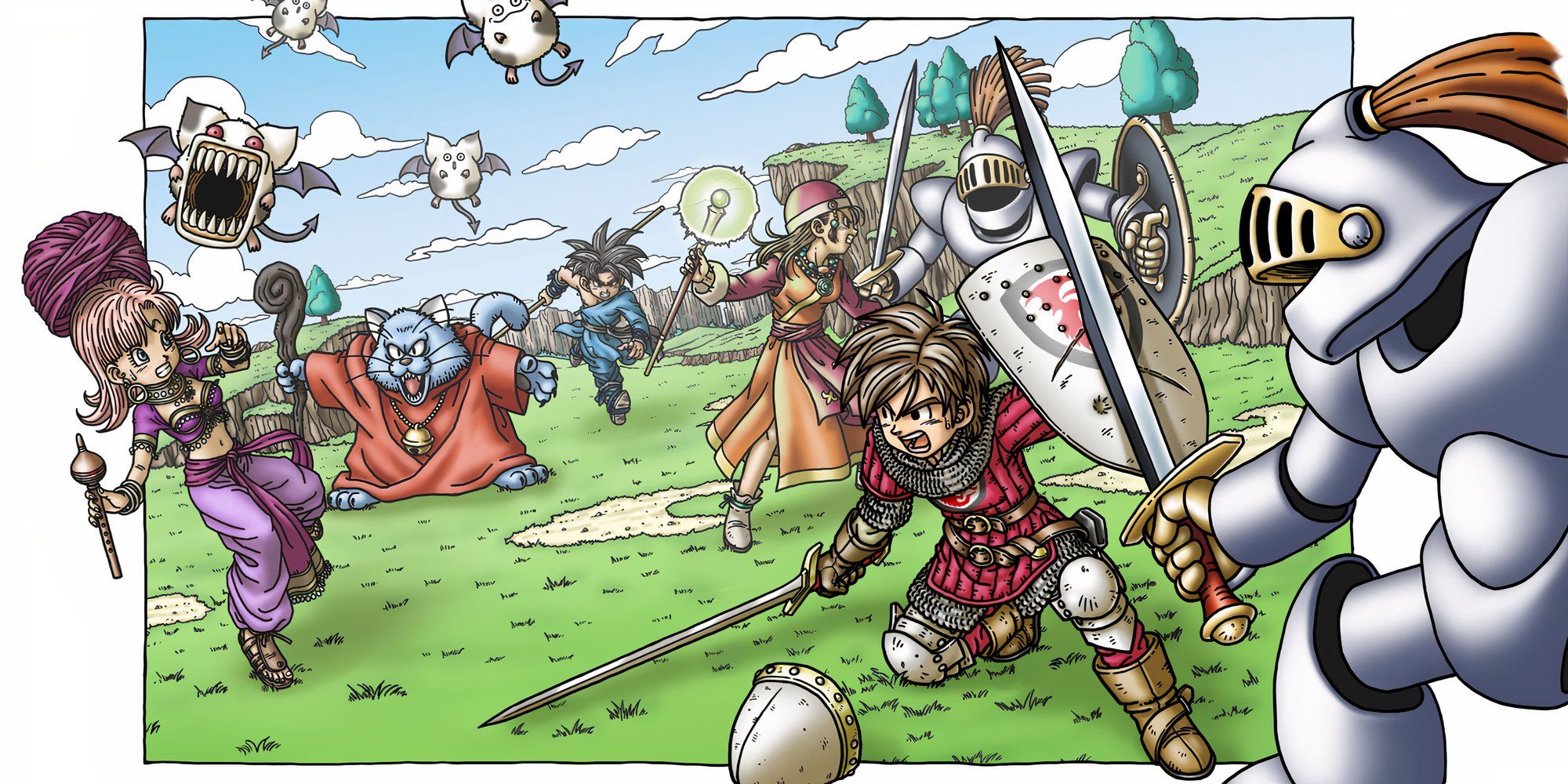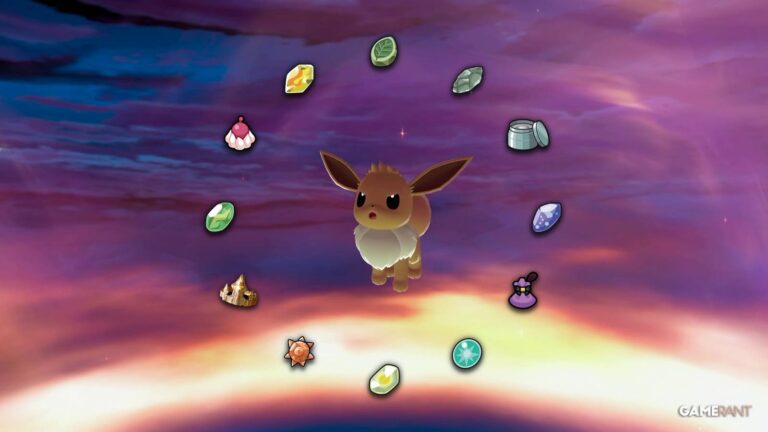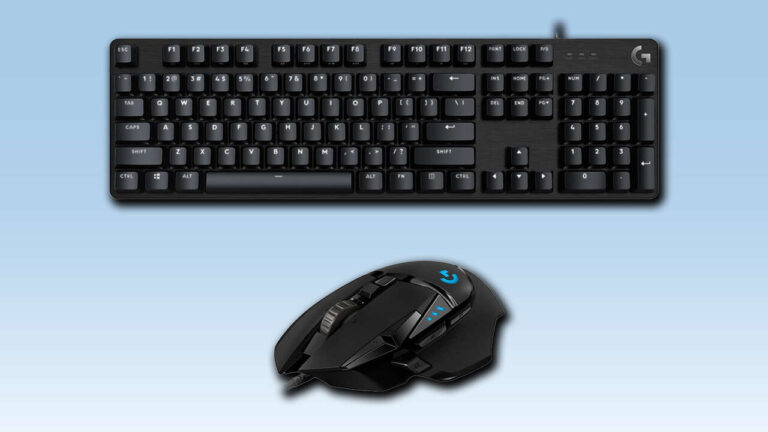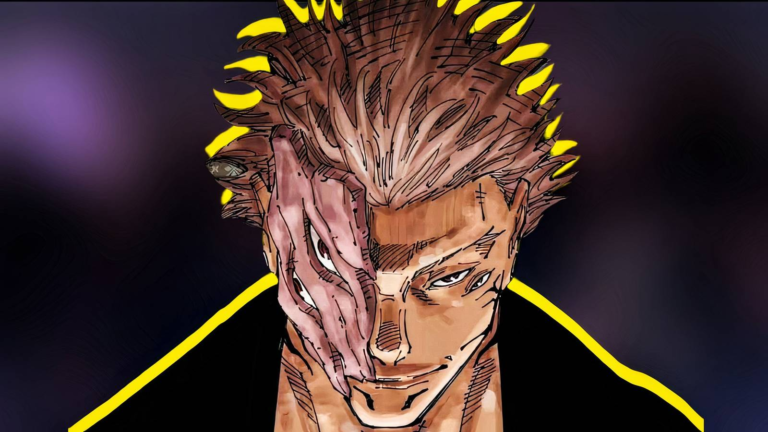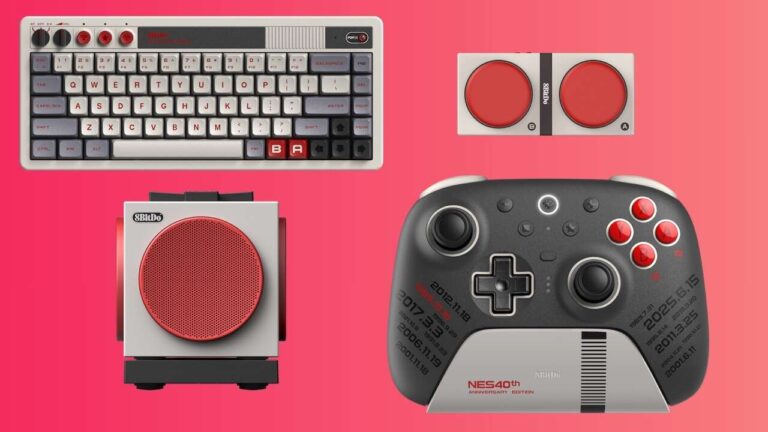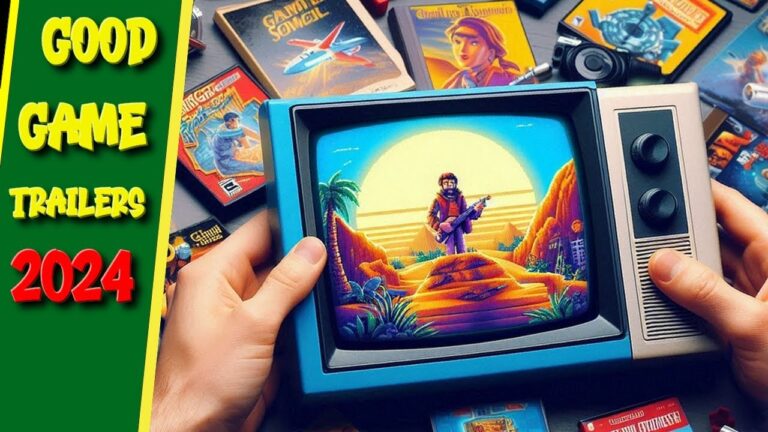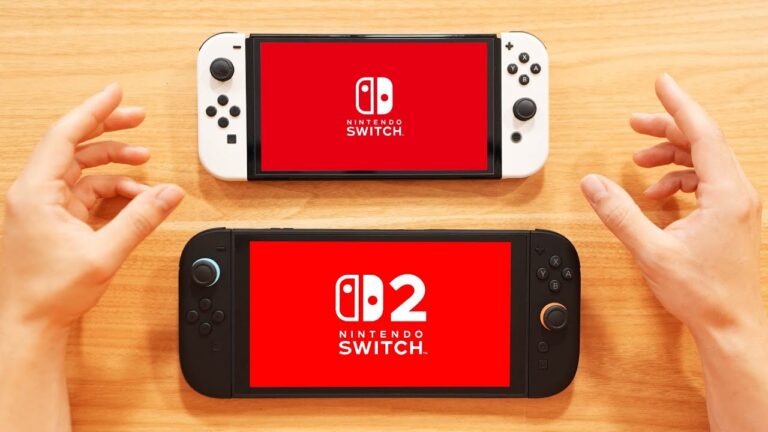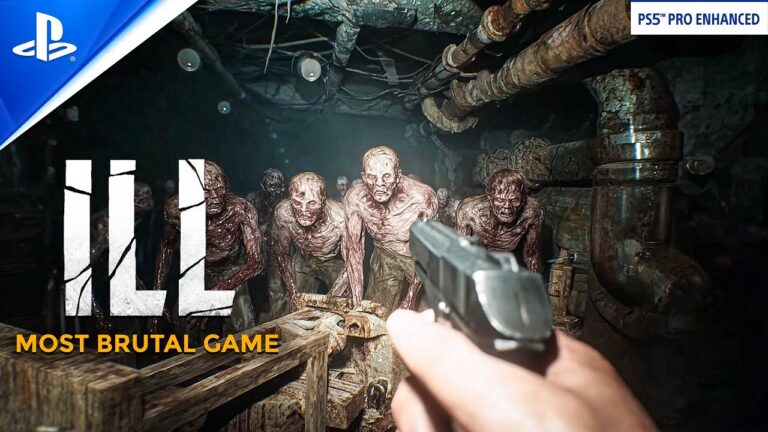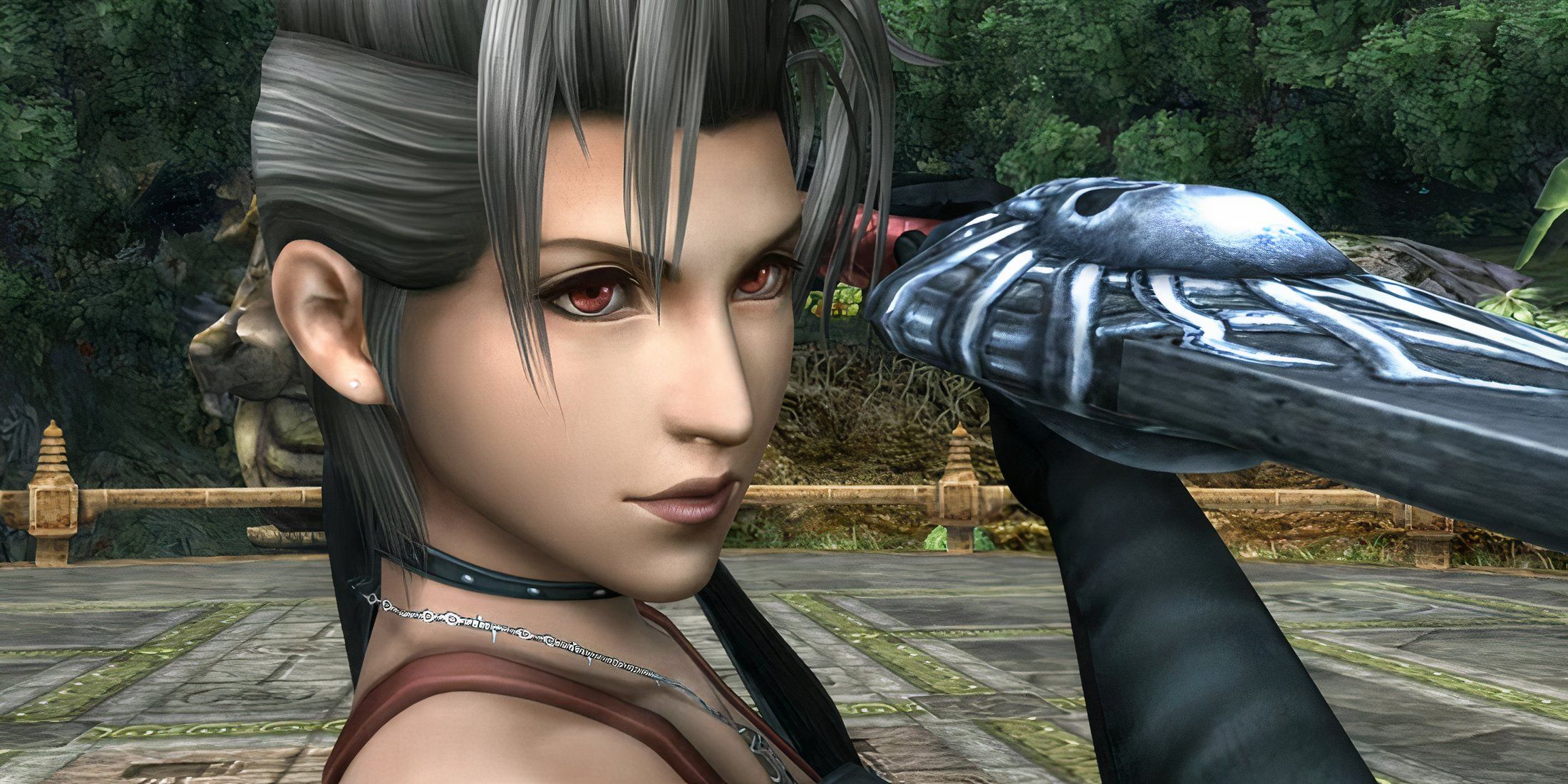
One of the most compelling elements about JRPGs is their class systems. The first Final Fantasy, for example, was a turn-based JRPG that let players customize their four characters with Jobs including Monks, White Mages, Thieves, and so on. That was on the NES, and Final Fantasy has only gotten more complex as a series from there, along with other games in the genre.
Moreover, turn-based JRPGs with class systems give players more ways to experiment and thus more reasons to replay them again and again. So, what turn-based JRPGs have the best overall class systems? These entries will be ranked based on the quality of the game and classes within.
Romancing SaGa 2: Revenge Of The Seven
A Hidden Remake
Romancing Saga 2 was released for the SNES in Japan in 1993, which the West initially missed out on. A remake was released in 2024, Romancing SaGa 2: Revenge of the Seven, and added a lot more to the gameplay.
Similar to other SaGa games, players leveled up non-traditionally through repeated actions with weapons that are formed around classes. Characters control a throne, and they will eventually die, passing those class-based skills forward through their lineage, which may be a hard concept to grasp until players actually sit down and engage with it.
Blue Dragon
Following Shadows
Blue Dragon was a big deal on the Xbox 360 as it saw the return of Hironobu Sakaguchi to RPGs after leaving Square Enix. Akira Toriyama was also involved, of Dragon Ball fame, and while the turn-based gameplay was familiar, there was a twist.
Characters would eventually get assigned Shadows that took on the form of classes. Shadows could learn Black Magic, White Magic, become a Sword Master, and so on. It wasn’t the deepest class system, but using a Shadow for an attack during battle looked as cool as summoning a Persona in that titular series.
Etrian Odyssey 4: Legends Of The Titan
Dungeon Defying
Etrian Odyssey 4: Legends of the Titan is a turn-based dungeon-crawler for fans of Soulslikes. It’s challenging, but this first entry on the 3DS added some quality of life mechanics to ease up on the difficulty for those new to the series.
Most Etrian Odyssey games have odd names for classes, but they fall under archetypes, and learning how to arrange each party member is important to survive. A Landsknecht was like a sword knight, a Bushi was like a samurai, a Runemaster was like a mage, and so on.
Final Fantasy 10-2
Dance It Up
Final Fantasy 10-2 may be the silliest entry in the series, with the three main heroes living it up like they’re on vacation. That said, the gameplay is serious as this sequel added a class system based around objects called Dresspheres.
Yuna, Rikku, and Paine could change classes during battle, and there were classic Final Fantasy Jobs like Warrior, White Mage, and Thief to choose from. There were also odder ones like Trainer, which gave characters bestial allies, and Songstress, which added even more pop to this bubblegum JRPG.
Bravely Default: Flying Fairy
Classic Final Fantasy Leveled Up
Bravely Default: Flying Fairy graced the 3DS with its JRPG Magic first before getting an upgrade for the Switch 2, which is a good reason to buy the system. This game was designed for those who missed classic Final Fantasy Job systems, and in many ways, Square Enix outdid themselves.
Typical Jobs filled up Bravely Default: Flying Fairy’s roster like Knight, Monk, and Red Mage, but then there were wild ones too, like Pirate, Vampire, and Salve-Maker. Skills could be passed on to other classes, adding a lot more customization to the four heroes.
Combo-Based Classes
Metaphor: ReFantazio had classes called Archetypes, and there were two great things about this system. First, characters could evolve their Archetypes into stronger ones, and some even branched off. For example, a Mage could become a Wizard, Elemental, or Warlock.
A Knight could branch off to become a Magic Knight, Paladin, or Dark Knight. Also, certain Archetypes could create combos with others in battle, adding even more strategy to this class-based system from the Persona team at Atlus.
Like A Dragon: Infinite Wealth
Party In The USA
Like a Dragon: Infinite Wealth is the second turn-based Yakuza game in the series that uses classes. They fell into real-world jobs like Linebacker, Pyrodancer, and Tennis Ace. These may seem odd for JRPG classes, but that’s what makes the Yakuza series so special: absurdity.
It all worked from breathing fire on groups of enemies to tackling foes to the ground. The heroes believe in their delusions, so too should players.
Dragon Quest 9: Sentinels Of The Starry Skies
Take Turns With Friends
Dragon Quest 9: Sentinels of the Starry Skies does something that not many turn-based games can claim: it has multiplayer. The game begins simply with players customizing their avatar and then recruiting characters around typical Dragon Quest Vocations like Mage, Martial Artist, and Paladin. Skills learned could level up the character as a whole, and cross-classing was a thing.
Here’s the best part. Instead of using three created characters to assist the hero, players could also invite three friends to join the fray. Between the Vocations leveling up and the introduction of co-op, Dragon Quest 9: Sentinels of the Starry Skies is a great example of how an old series like Dragon Quest can evolve decades later.
